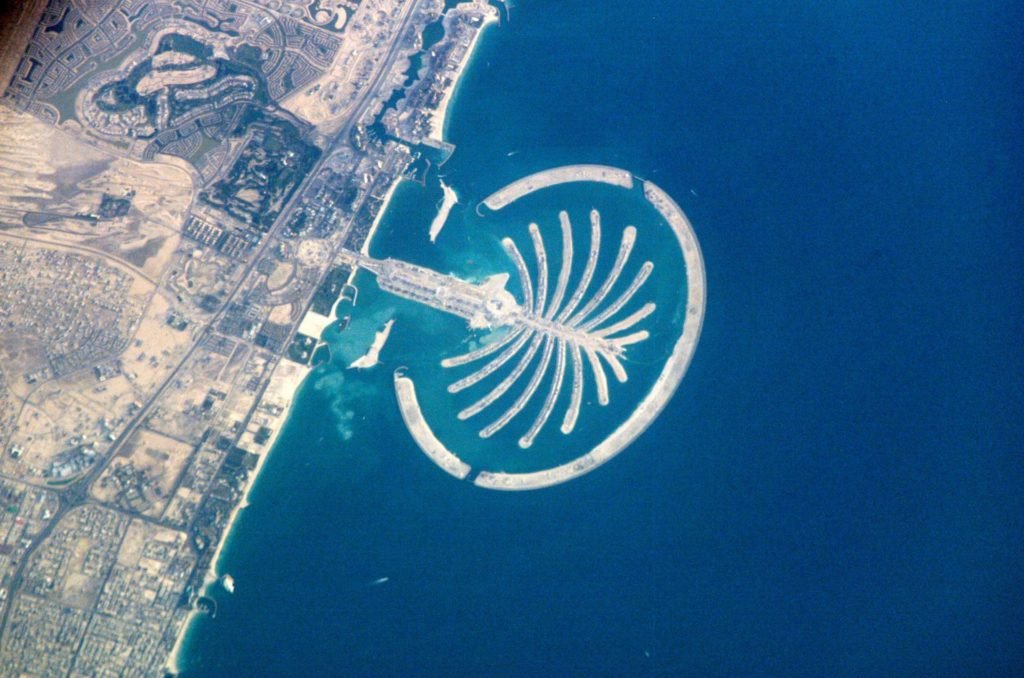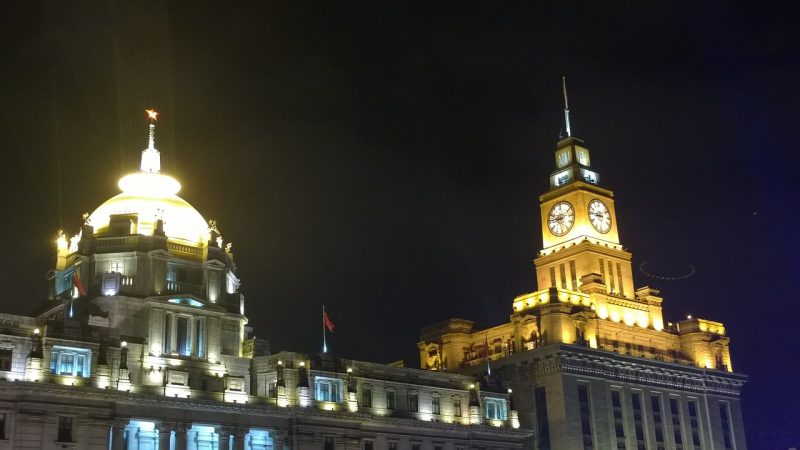Terracotta Warriors
Address
Lintong District, Xi'An, Shaanxi, China
GPS
34.3684448, 109.2092937
Terracotta Warriors is the unique attraction, located in the Emperor Qinshihuang’s Mausoleum site Museum in Xi’an, China.
Quick facts
- Name: Terracotta Warriors
- Location: Xi’an, China
- Type of attraction: Archaeological
- Built: 210 BCE
- Ticket price: From $18
Also known as the Terracotta Army, these series of terracotta statues portraying the armies of the first emperor of China, Qin Shi Huang. It is a type of funerary art which was buried with the emperor in the years 210–209 BCE to protect the emperor in his afterlife.
The Terracotta Warriors were erected as a guardian force for the tomb of China’s First Emperor. The first emperor, Qin Shihuang, had his guards, depicted in lifelike terracotta sculptures by the thousands. They were assembled and painted after being cast in pieces and burned.
Visit Xi’an and don’t miss the Terracotta Army Museum. It was one of the most significant discoveries of the twentieth century and is widely regarded as one of the greatest archaeological sites in the world. Learn everything there is to know about the Terracotta Army: where they can be seen, who produced them, and why.
Vault One, Vault Two, and Vault Three, along with The Exhibition Hall of the Bronze Chariots, make up the majority of the museum’s physical space. (Vault number one is typically jam-packed with sightseers. Our knowledgeable guide told us that the greatest vantage points were in the front, around the vault’s corners. The following is a tourist map of the Terracotta Army.
 The vaults are arranged similarly to how the buried army was, with Vault One on the right flank, Vault Two on the left flank, and Vault Three serving as a command post at the back, all in accordance with ancient directives from the Art of War.
The vaults are arranged similarly to how the buried army was, with Vault One on the right flank, Vault Two on the left flank, and Vault Three serving as a command post at the back, all in accordance with ancient directives from the Art of War.
The size of an airplane hangar, Pit 1 is the largest and most stunning of the pits. Fewer than 2,000 of the estimated 6,000 terracotta warriors and horses on show. Pit 1 is where photographers got their best shots of the Terracotta Army.
There is a rectangle formation of soldiers and horses facing east, each member armed with a long spear, dragger, or halberd. At the easternmost end of the army, three rows of troops look to constitute the vanguard. The main body of armed, armored warriors follows closely behind, pulled by 38 chariots.
Pit 2, which was dug in 1976, is located roughly 20 metres to the north of Pit 1. As the mausoleum’s focal point, it solves the puzzle of the ancient military formation. The total built-up area is 6000 square metres, with each of the four units measuring 94 metres east to west, 84 metres south to north, and 5 metres deep.
 First, we see rows upon rows of kneeling and standing archers; second, a chariot war array; third, a combined force of infantry, chariot, and trooper standing in a rectangle array; and finally, a large number of troopers brandishing various weapons. There is a strict battle array formed by the four units.
First, we see rows upon rows of kneeling and standing archers; second, a chariot war array; third, a combined force of infantry, chariot, and trooper standing in a rectangle array; and finally, a large number of troopers brandishing various weapons. There is a strict battle array formed by the four units.
Vault 3 is the smallest of the vaults. Many of the clay figures are missing their heads, and there are just 68 total. All the figures in Vault Three are clearly government personnel, making it clear that this is the command centre.
Discovered in December 1980, 20 metres west of the Tomb of Qin Shihuang, the two bronze carriages on show in the hall underwent extensive restoration prior to being put on display.
Each carriage has four horses and around 3,400 moving parts. The dimension of the second one is 3.17m in length and 1.06m in height. The bronze steeds had a height of 65-67 cm, and a length of 120 cm. In altogether, they weigh 1,234 kilograms.
 Although mostly bronze, each chariot featured 1,720 pieces of golden and silver ornamentation weighing a combined 7 kg. The carriages are the best-preserved and most highly regarded among China’s oldest bronze artefacts because to their superb quality and vividness. The largest pieces of ancient bronzeware ever discovered are these chariots.
Although mostly bronze, each chariot featured 1,720 pieces of golden and silver ornamentation weighing a combined 7 kg. The carriages are the best-preserved and most highly regarded among China’s oldest bronze artefacts because to their superb quality and vividness. The largest pieces of ancient bronzeware ever discovered are these chariots.
The figures, dating back about the late third century BCE, were discovered by local farmers in Lintong County outside Xi’an, Shaanxi, China, in 1974. They differ in positions and height, based on importance of the person they represent, highest being the generals. The figures include soldiers, horses and chariots.
This is one of the top attractions in Xi’an and in China as well and it’s a must when visiting this part of world.
Interesting facts about Terracotta Warriors
Here are some interesting facts about this amazing attraction:
- There are 8,000 statues and each has different face expression.
- Terracotta Warriors was praised as Eighth Wonder of the world and became a UNESCO World Heritage Site in 1987.
- The statues were painted in vivid colors, but since they were excavated, color faded.







